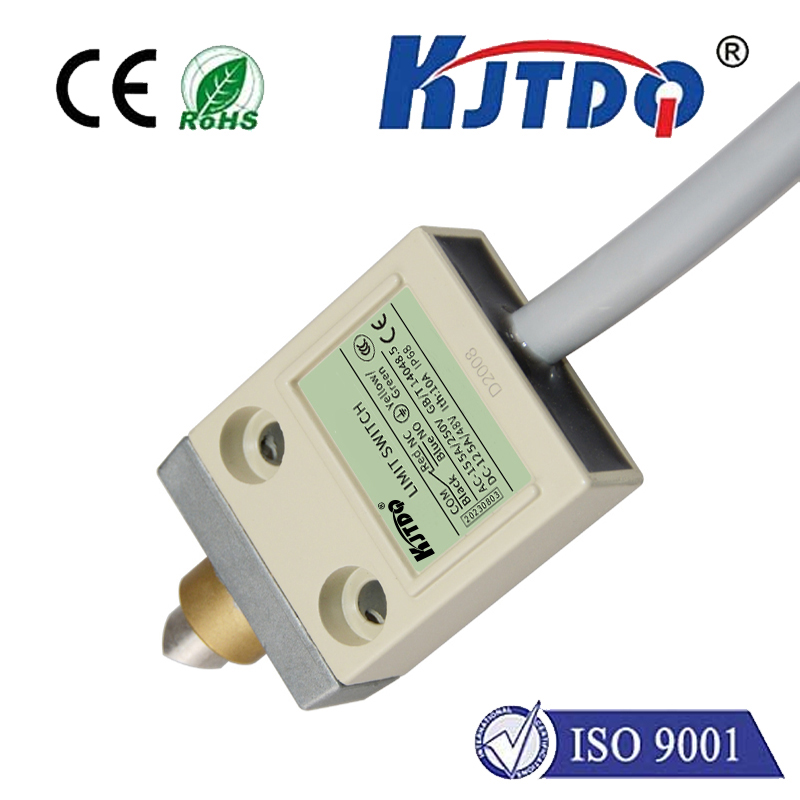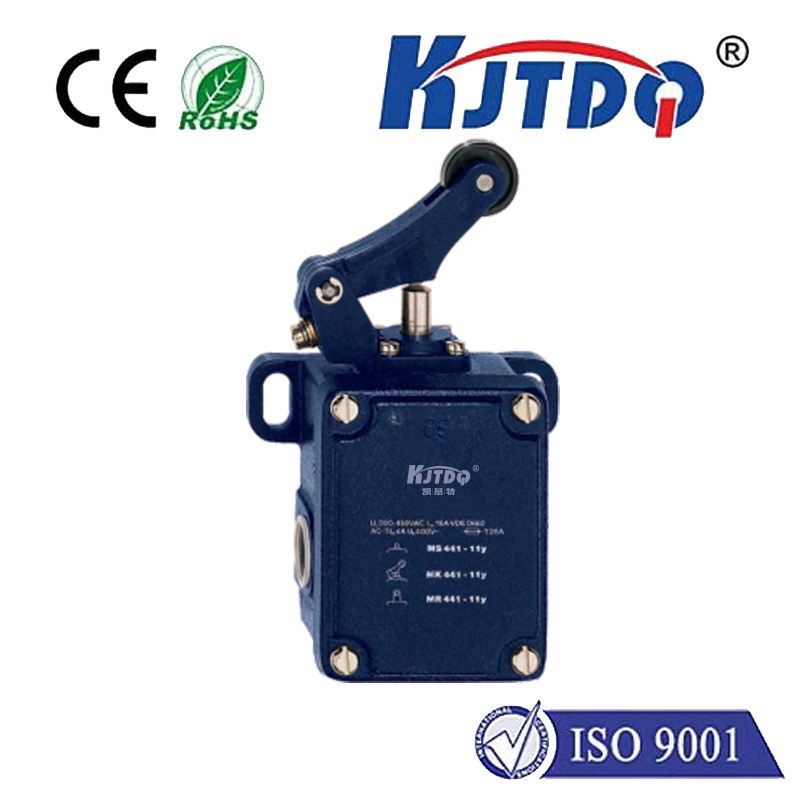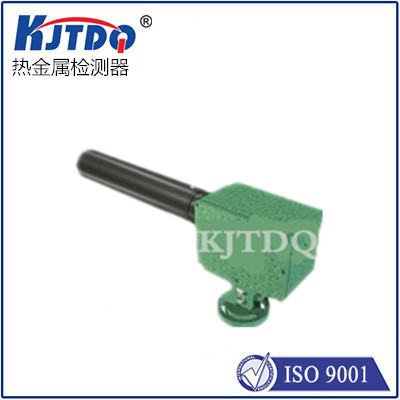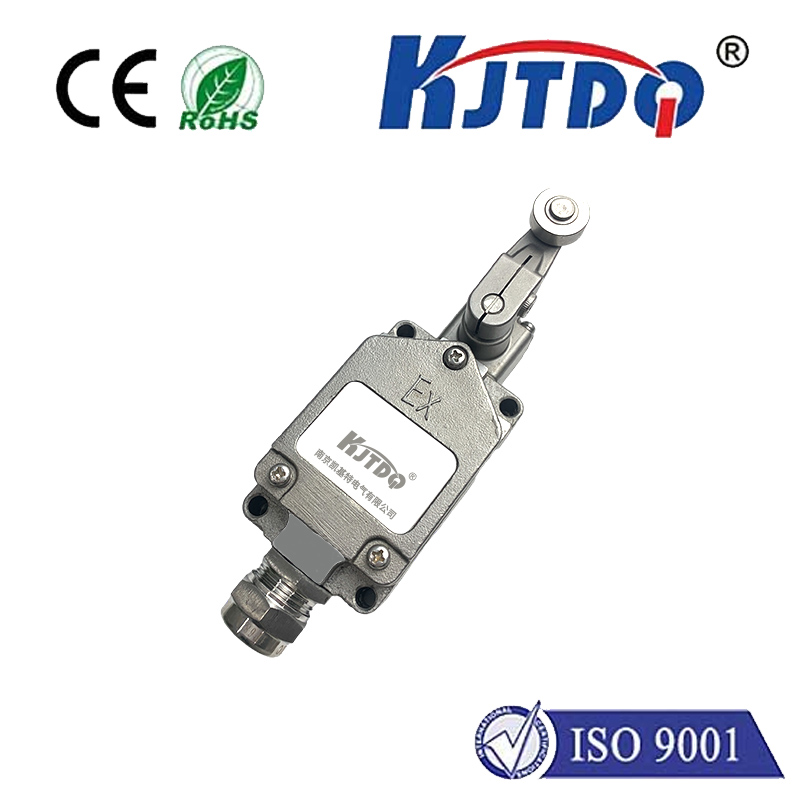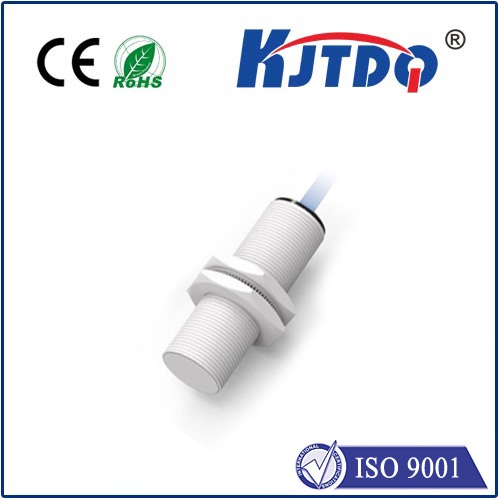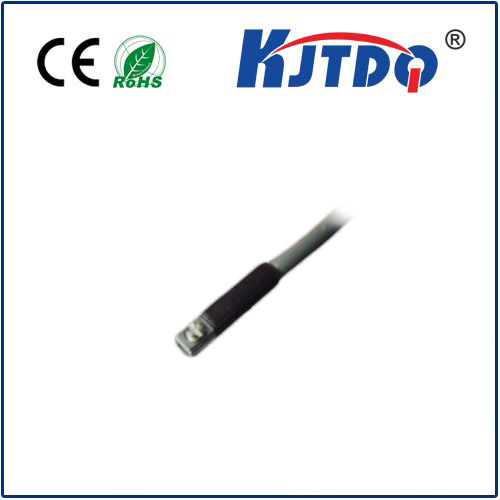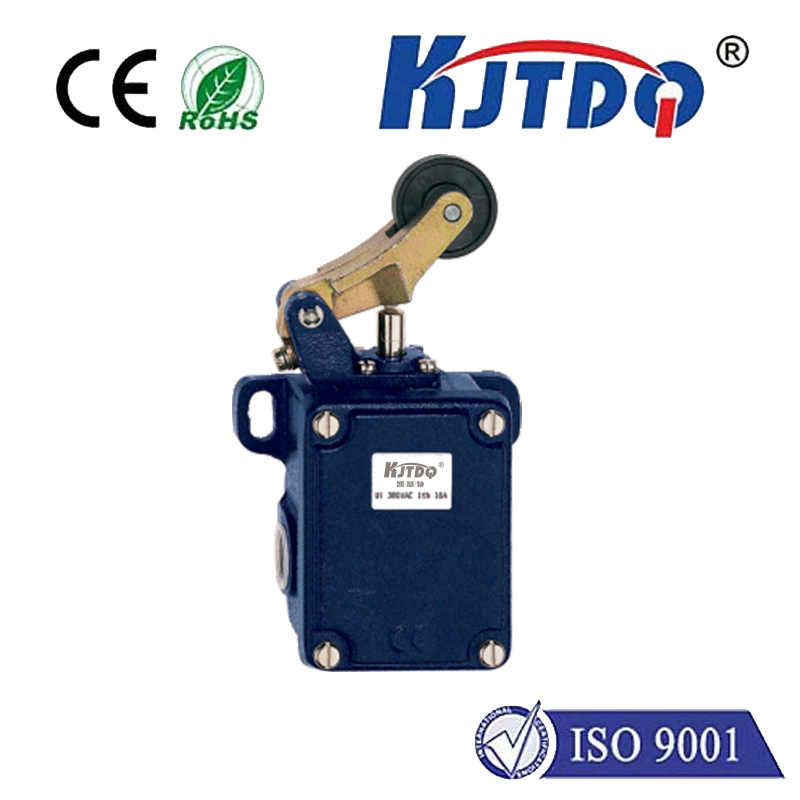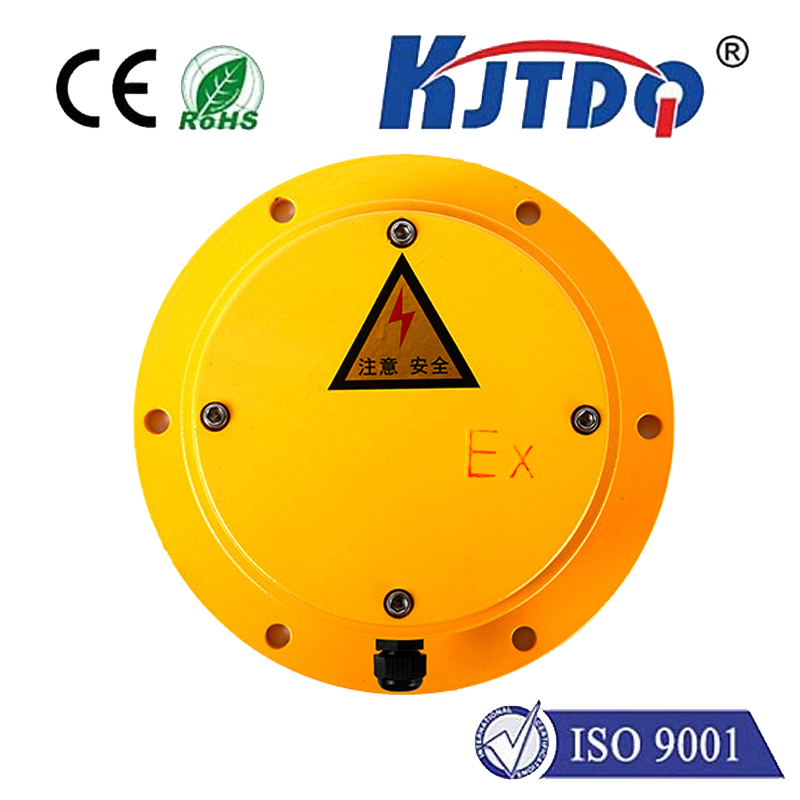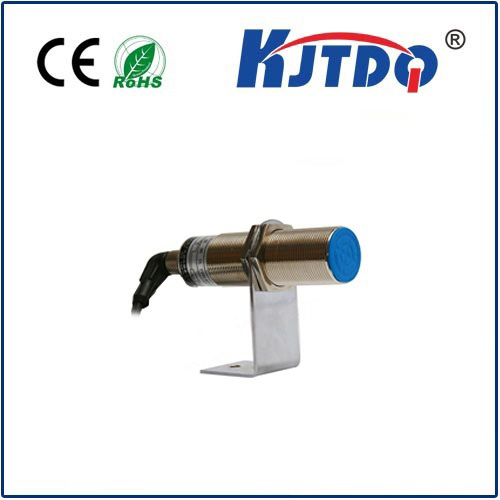

check

check

check

check

check

check

check

check

check

check
In today's rapidly evolving technological landscape, electronic devices have become an integral part of our daily lives. However, with increasing reliance on technology, concerns around the potential risks associated with electromagnetic interference (EMI) have also emerged. One such device that helps address this concern is the probe proximity sensor.
This article explores the concept of probe proximity sensors and their critical role in safeguarding electronic devices from EMI. We delve into the importance of monitored distance and functionality, discussing how these aspects contribute to ensuring the safety and reliability of your technology.
Section 1: What are Probe Proximity Sensors?
Definition and explanation of probe proximity sensors
The various types of probe proximity sensors available in the market
Section 2: The Importance of Monitored Distance
Explanation of how monitored distance affects the performance of probe proximity sensors
Strategies for ensuring optimal distance monitoring
How different operating conditions impact monitored distance
Section 3: Ensuring Functionality
Understanding the significance of functional testing for probe proximity sensors
Common issues encountered during functional testing and their solutions
Tips for proper maintenance and prolongation of sensor lifespan
Section 4: Addressing EMI Risks
The relationship between probe proximity sensors and EMI risks
Techniques for minimizing EMI interference during sensor operation
The role of shielded cables and adapters in mitigating EMI interference
By understanding the importance of monitored distance and functionality, as well as the relationship between probe proximity sensors and EMI risks, you can take proactive steps to ensure the safety and reliability of your electronic devices. This knowledge empowers you to make informed decisions regarding the use and maintenance of probe proximity sensors, ultimately leading to a safer and more secure technological environment.
